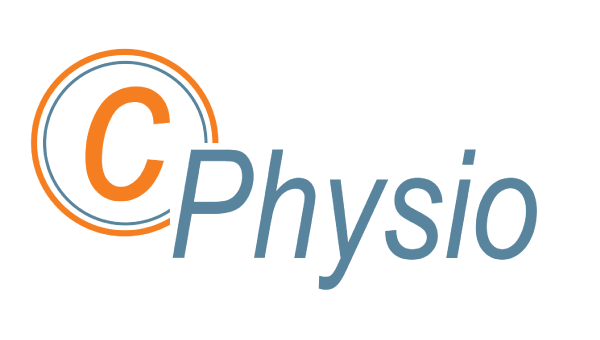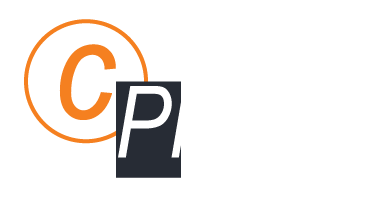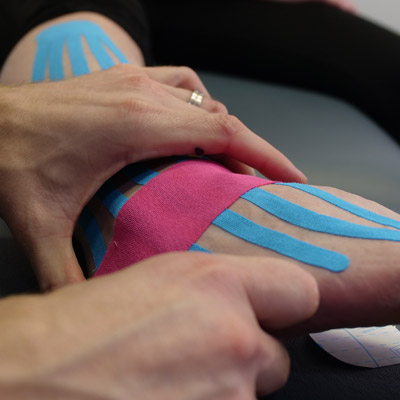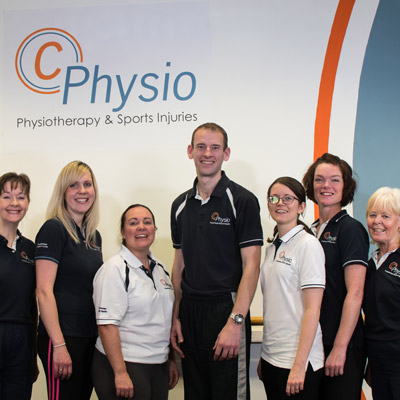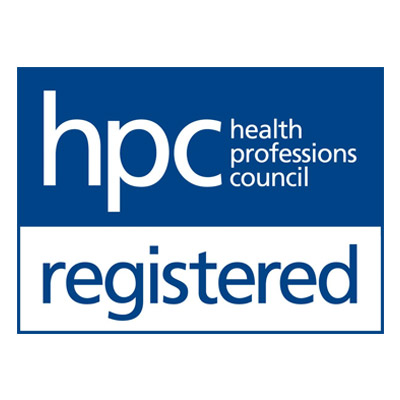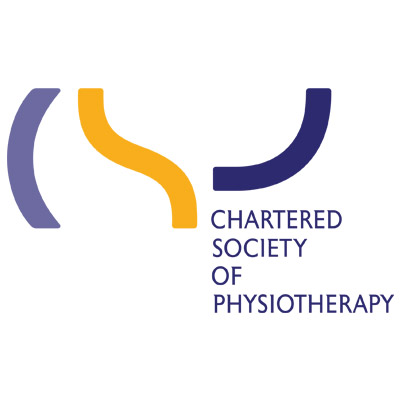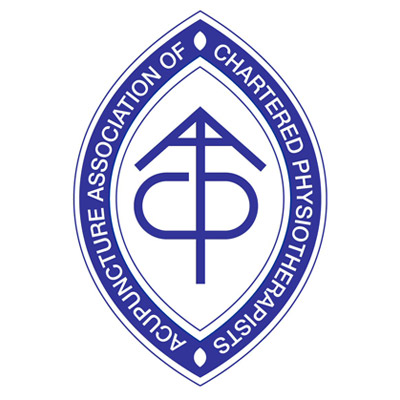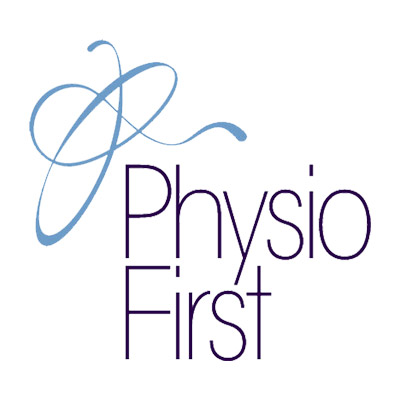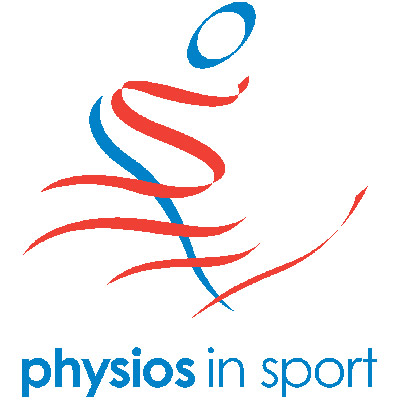Hands-On Treatments
At C-Physio, we offer a range of different Physiotherapy treatments to ensure you get the most appropriate treatment for your Condition.
Following a thorough Assessment, you’ll be given a Problem List or diagnosis. You’ll agree a Treatment Plan with your physiotherapist to understand the best way to help resolve your problems in the quickest and most effective way.
In addition physiotherapy can also help you if you have an operation pending. It is effective for prehab, before surgery to encourage a swift recovery, and as rehab, improving strength, range of movement and recovery times after surgery.
Physiotherapists use treatments from one of the Four Pillars of Physiotherapy Treatment:
- Exercise
- Massage
- Electrotherapy
- Kindred Methods of Treatment
The four pillars are defined to enable your Physiotherapist to use the most appropriate form of treatment for your problem. It also ensures your Physiotherapist can utilise and develop other treatments that may benefit you as long as they are educated, trained and competent to perform the activity.
Your Treatment Plan might include one or more of the following. For more information, click on the icon to see what each Treatment involves:
General Physiotherapy Treatments
Musculoskeletal Treatments
- Acupuncture
- Athletic taping & strapping
- Biofeedback
- Clinical Pilates
- Cold therapy
- Desensitisation
- Electrotherapy
- Frictions
- Heat Therapy
- Interferential Therapy
- Joint Mobilisation
- Joint Manipulation
- Kinesiotaping
- Laser Therapy
- Massage Techniques
- Muscle stimulation
- Myofascial Release
- NAGs, SNAGs and MWMs
- Soft tissue therapy
- Shockwave Therapy
- Nerve Stimulation
- Nerve / Neural Mobilisations
- Trigger Point Release / Trigger Point Therapy
- Ultrasound therapy
Respiratory Treatments
- Acapella
- Deep Breathing Exercises
- Huff and Cough
- Incentive Spirometer
- Manual Chest Techniques
- Percussion
- Vibrations
Women’s Health Treatments
- Peritone Biofeedback
- Pelvic Floor Exercises
- Clinical Pilates
Cardiac Treatments
- Cardiac Rehabilitation (Stage 4)
- Cardiac Rehabilitation (Stage 3)
General Physiotherapy Treatments
In the first instance, we’ll teach you things you can do yourself – how to use an ice pack or heat pack most effectively. Or activities you might need to avoid.
We can teach you about posture, how it affects your condition, and what you can do to improve it.
Our main aim is to teach you the things that will help you resolve your problems immediately.
But also help you understand what you can do to prevent problems getting worse in the future.
Understanding your condition is the first step to a successful recovery programme. Your Physiotherapist will take the time required to ensure you understand the problem as much as you need to make positive steps in your recovery.
With a background in medical training we can give you an accurate description of the condition you are suffering with.
We can teach you how pain is generated, and the crucial role the brain plays in your pain.
But we can also help educate other people, for example carers or relatives, on techniques they can use to help your condition – a home treatment or observing and correcting your exercise quality.
We use a lot of visual feedback, with mirrors and video feedback, so you can see and understand the way you move, and how to correct it.
Education is a key part of understanding your own body better, so you can understand and fix the things that make a difference to your movement and your life.
Don’t underestimate the power of a discussion with your physiotherapist to understand your problem better. Make sure you come with your questions to get the most out of your treatment.
Exercise therapy involves all the different types of exercise that Physiotherapists might prescribe.
Exercises can be prescribed to:
- Increase Strength
- Reduce Stiffness
- Improve Swelling
- Reduce Tightness
- Increase Flexibility
- Reduce Pain
- Increase Fitness
- Improve Stamina
There’s an exercise for pretty much every condition you can think of. Your Physiotherapist will pick the right exercises for you and your condition although they are likely to give you just 2 or 3 specific exercises to keep you focussed on the right things.
Common Exercises we prescribe include:
- Breathing Exercises for Chest Problems
- Range of Movement Exercises following Joint Replacement
- Strengthening Exercises following a Muscle Tear or Strain
- Conditioning Exercises following Surgery or Bedrest
- Stretching Exercises to increase Flexibility following a Frozen Shoulder
This list goes on and on.
You should try to be consistent with your exercise routine and don’t be tempted to progress things or do too much until you’ve discussed it with your physio, especially if your pain or problem is easily exacerbated.
Discuss you progress with your physio and don’t expect to get the results you want if you can’t commit to an exercise programme. Be honest, we can tell if you’ve done (or not done!) your exercises.
Musculoskeletal Treatments include techniques developed for the treatment of conditions arising from Sports Injuries, Postural Pain, Work Injuries, Broken Bones or Longstanding Chronic Pain.
Find out about the range of Conditions we can treat with Physiotherapy here.
Athletic taping attempts to stabilise and limit the range of joint motion to prevent unwanted movement.
It involves using firm, rigid tape, usually zinc Oxide tape, applied to the skin. It is sometimes applied on top of an undertape, such as Mefix or Hypafix to protect the skin and provide a secure adhesion to the body.
It is commonly used for Ankle Ligament Sprains, Shoulder Impingement or Knee Ligament Injuries.
Joint Mobilisations are a hands-on treatment which involves your Physiotherapist moving a joint in a range that promotes one of two things:
- Reduction of Pain
- Reduction of Stiffness
It can be directed at the normal joint movements that you should normally be able to carry out yourself (physiological movement) or the associated joint movements that you can’t do by yourself (accessory movements).
Depending on the desired benefit, your physiotherapist may push or pull harder or more gently, working through 4 ‘grades’ of treatment to treat pain, stiffness or both.
Occasionally the joint may pop or click, but you shouldn’t worry if this happens. It can be part of the normal treatment.
NAGs (Natural Apophyseal Glides), SNAGs (Sustained Natural Apophyseal Glides) and MWMs (Mobilisations with Movement) are a specific method for mobilising the joints.
Developed by Brian Mulligan in New Zealand, they aim to reduce pain, whilst increasing the available painfree range of movement.
With MWMs, an Accessory mobilisation is performed on a joint by the Physiotherapist whilst the joint is moved through a physiological range of movement by the patient or Physiotherapist.
NAGs are an accessory mobilisation performed on the neck and upper back whilst the patient is sitting in a chair.
SNAGs are an accessory mobilisation performed on the spine by the physiotherapist whilst the patient moves the cervical spine (neck), lumbar spine (lower back), thoracic spine (mid back) or sacroiliac joint (SIJ or Pelvis) through a physiological range of movement.
MWMs are an accessory mobilisation performed on one of the peripheral joints (for example the elbow or ankle) whilst the patient moves the body part through a physiological range of movement.
Electrotherapy is the term used to describe different types of treatment that provide an electrical stimulus or delivered by an electrical machine
For more information about all things electrotherapy, visit Tim Watson’s website www.electrotherapy.org.
Interferential Therapy is an electrical treatment delivered by a machine powered by mains or battery.
It delivers an electrical current that alternates between two different frequencies (wavelengths) and can vary in intensity, from a mild tingling to a strong contraction.
It can be 2 or 4 pole, meaning there are 2 or 4 pads attached to the surface of the skin.
The benefits of Interferential Therapy can include:
- Resolving Inflammation
- Reducing Pain
- Reducing Swelling
Ultrasound Therapy is classed as Electrotherapy, although it doesn’t actually deliver an electrical stimulus.
It works by delivering a high frequency soundwave into the tissues (between 1,000,000 - 3,000,000 pulses per second depending on the depth of the target tissue). This can promote a range of benefits including:
- Resolving Inflammation
- Reducing Pain
- Promoting Cell Recovery
Here is the range of specific treatments we offer:
Why do you offer so many different treatment options?
Each treatment offers slightly different benefits and ways in which it works. Some people tolerate certain types of treatment better than others. And research shows that it is generally the combination of treatments and the way they are put together that makes a significant difference to a patient’s recovery.
What is a Problem List?
What is a Treatment Plan?
